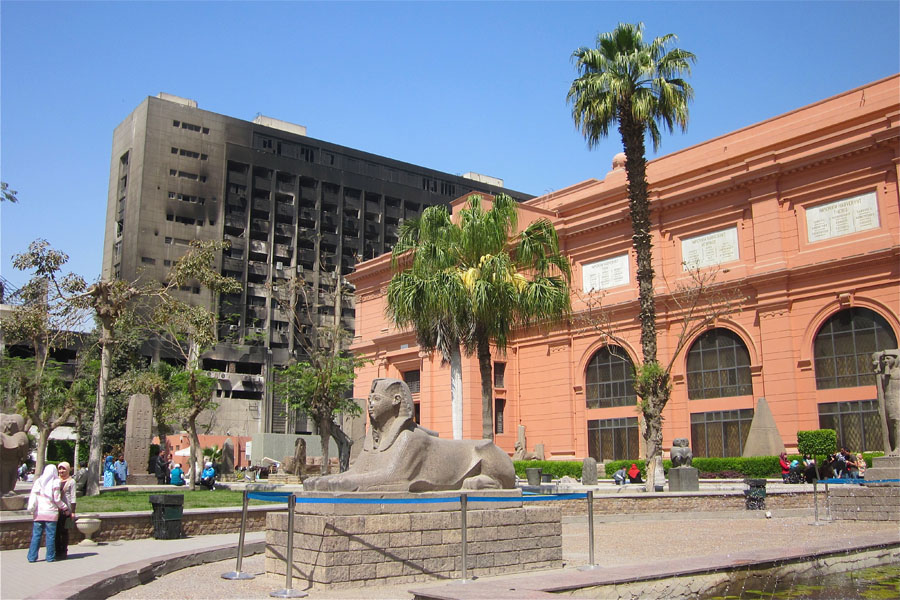Egypt's Revolution
Egypt’s revolution dawned on January 25, 2011, a day originally dedicated to honoring Egyptian police. Instead, demonstrators rose up against police brutality for the death of Khaled Said, a young man from Alexandria whose suffering became a shared symbol of the anger and injustice felt by thousands of Egyptian youth. For 18 days, in the most significant manifestation of the Arab spring, Egyptians exploded in a fury of rebellion, reclaiming the country for its people and taking the world—and perhaps themselves—by surprise. The struggle for political and social change in Egypt continues today, along with yearning for resolution and stabilityEgypt’s revolution dawned on January 25, 2011, a day originally dedicated to honoring Egyptian police. Instead, demonstrators rose up against police brutality for the death of Khaled Said, a young man from Alexandria whose suffering became a shared symbol of the anger and injustice felt by thousands of Egyptian youth. For 18 days, in the most significant manifestation of the Arab spring, Egyptians exploded in a fury of rebellion, reclaiming the country for its people and taking the world—and perhaps themselves—by surprise. The struggle for political and social change in Egypt continues today, along with yearning for resolution and stability.
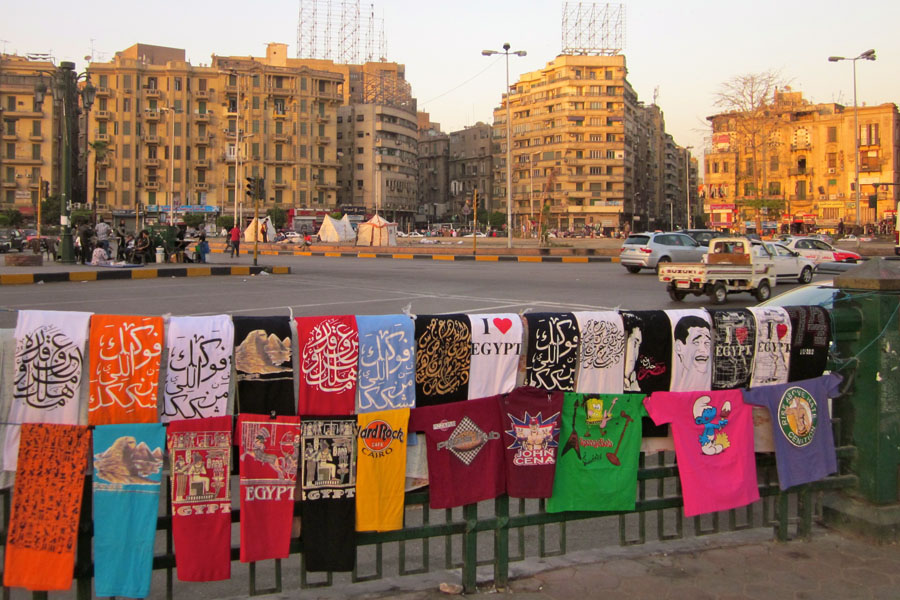 Tahrir (Liberation) Square, May 2013
Tahrir (Liberation) Square, May 2013
Epicenter of the 2011 revolution, Tahrir Square filled again with thousands of Egyptians in June 2013—just a few weeks after this photo was taken—demanding the removal of President Mohammed Morsi from office. With support from the Egyptian Army, this second uprising paved the way for another new government to lead Egypt.
What does Egypt's future hold?
As Egypt marks the third anniversary of the January 2011 revolution, the hopes and dreams of all Egyptians, especially its children, have yet to be realized.
Has Egypt changed?
So asked a fresh-faced college student in April 2011, surveying visitors to the Egyptian Museum, its distinctive pink walls guarding Tutankhamun's treasures. The blackened remains of Mubarak’s National Democratic Party headquarters left no doubt Egypt had changed. But more importantly, a breath of fresh air had swept across the country, suffused with hope, determination, and certainty that things would never be the same.
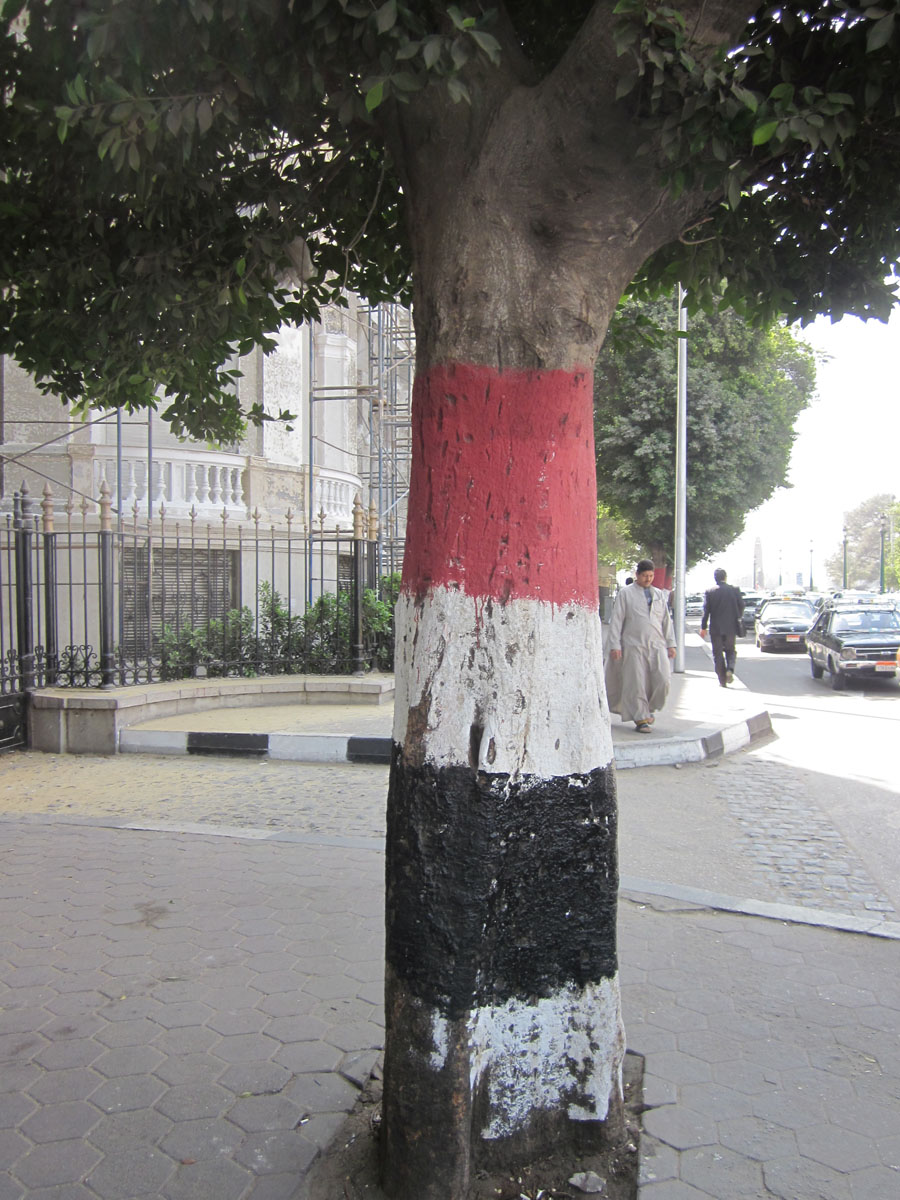
Red, white, and black
Post-revolutionary exhilaration expressed in the vivid colors of the Egyptian flag has given way to renewed turbulence and instability, straining the democratic aspirations of many Egyptians. Egypt faces a range of urgent social and economic issues without easy solutions, and intensified conflict over the role of religion in government.
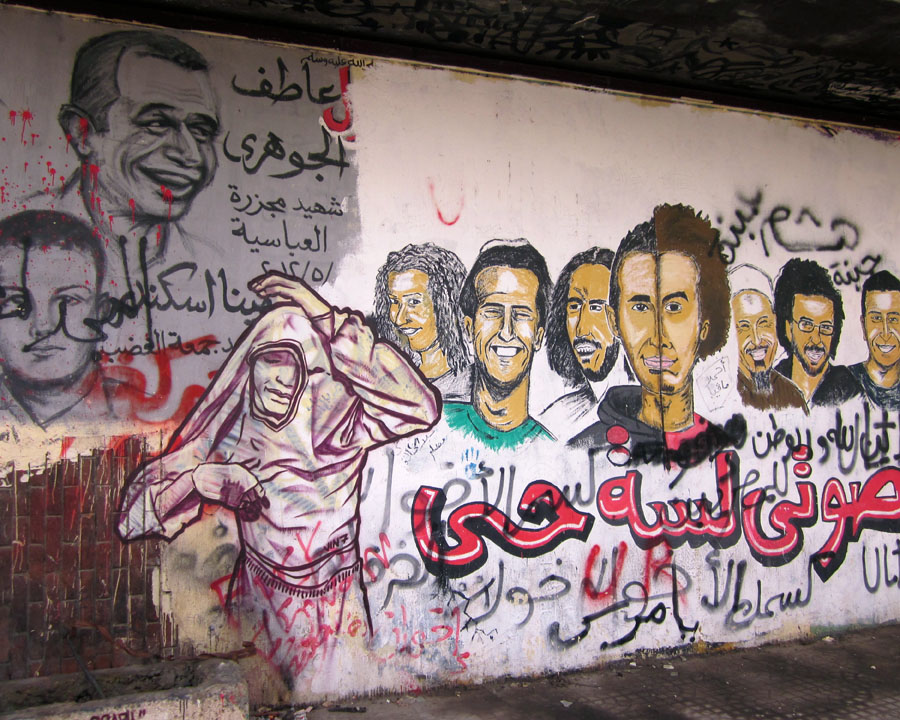
“Our voices are still alive”
The death of Khaled Said (center right) was a compelling force behind Egypt’s 2011 revolution. Bassem Youssef (upper left), a popular satirist and TV host known as the “Egyptian Jon Stewart”, is a newer voice in the political arena. Youssef has faced censorship and arrest for poking fun at Egypt’s leaders, and recently left the country. Named one of the world’s 100 most influential people by TIME magazine, Youssef was fêted by Stewart on the April 24, 2013 edition of the Daily Show.
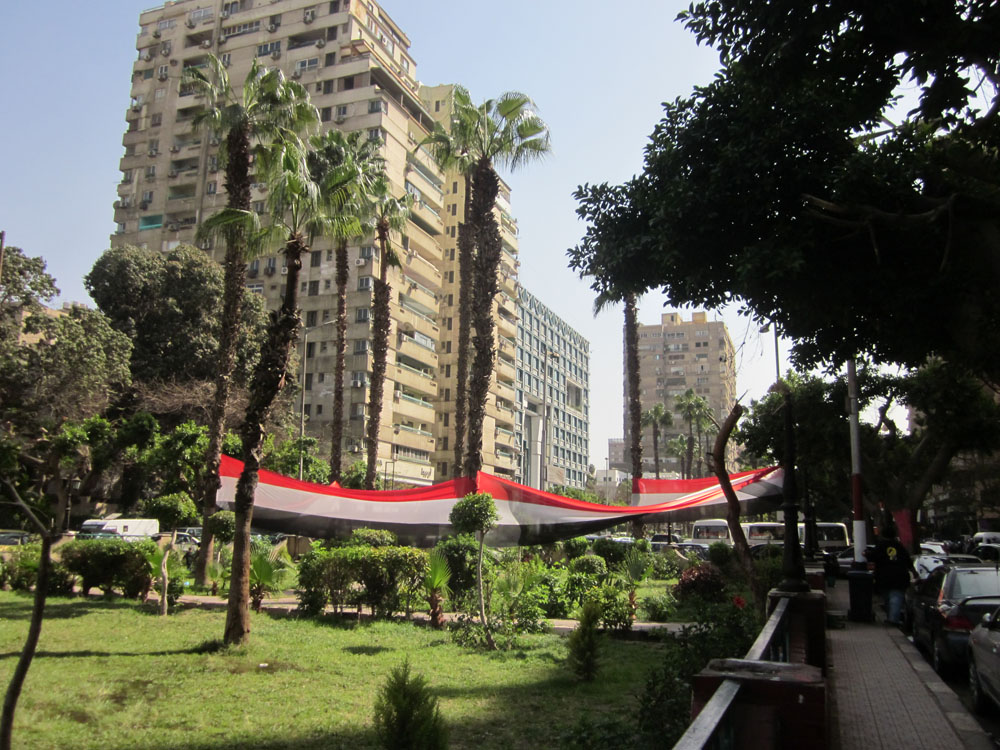
Midan al-Messaha, April 2013
Egyptian flags decorate the lush greenery of Messaha Square, not far from the Binational US-Egypt Fulbright Commission in Dokki, Cairo. For more information about Fulbright activities and opportunities in Egypt see: www.fulbright-egypt.org.


